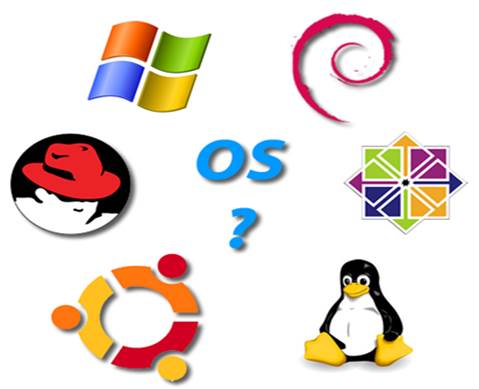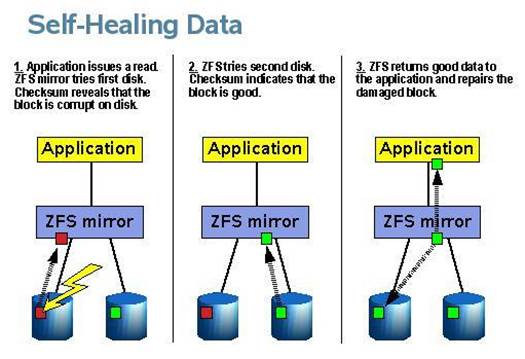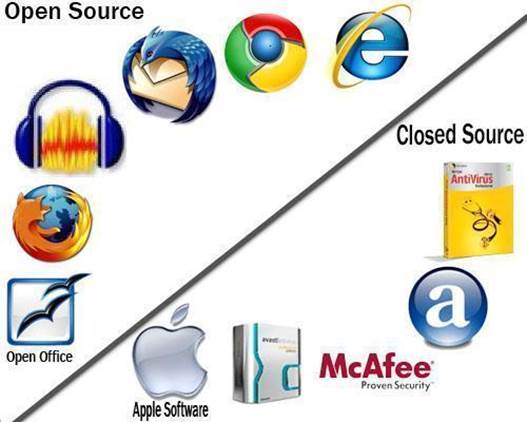Happy to help
Another feature we’d like is an OS that
doesn’t require any maintenance on part of the user, and one that shuts down
and boots up instantly. Current OSes can take several minutes to boot up
completely, as they require the loading of several daemons, processes or
services to manage the various aspects of the system. Another shortcoming of
current platforms is the Cruft that grows after having used a system for a
while, with leftover program files, invalid links, registry entries or
unnecessary services running at boot up. This inevitably requires the (power)
user to reinstall the OS almost every year. In an OS that is, at its core, a
web browser, not only will leftover files not be an issue, but frequently
accessed apps and websites can be cached in memory for faster access. This will
mean that performance will actually increase over time as the device learns
your browsing habits.

Current
OSes can take several minutes to boot up completely, as they require the
loading of several daemons, processes or services to manage the various aspects
of the system.
The task of updating the software and
applications isn’t something the user will have to worry about, since it will
be taken care of the server-side. But we would like to see a built in, system
wide version control for all changes that a user makes. This will record even
the most minute changes made to files and settings, allowing the user to roll back
the changes to any previous configuration with ease. This will also erase the
archaic practice of having to “save” one’s work periodically to prevent data
loss, since all changes will be recorded asynchronously, similar to Google
Docs. While it may sound lofty have a look at the Zetabyte File System (ZFS) on
the Solaris platform. Among other features, ZFS supports automatic and
incremental ‘snapshots’ which are read-only copies of the file system’s state
at a point in time. It allows you to revert to a previous snapshot in case of
data loss or corruption, and has a live Disk-Scrubber, which checks for and
repairs corrupted blocks. Oh, and we’d also like apps to be able to share data
between each other, just imagine the possibilities with that! Throw in a fair
bit of AI and Siri will look like a down syndrome dodo. (Not that Siri is any
Pepper Potts clone today, anyway).

The
Zetabyte File System (ZFS)
Open and shut case
From a developer’s perspective, one of the
most fundamental questions with software is whether it is Open Source or Closed
(Pro-prietary). This single factor can go a long way in influencing developers
to embrace the platform. Open Source software tends to appeal more to
developers, as it gives them a lot more freedom to tinker around with the internals
of the system. Closed systems don’t offer this, and the amount of freedom available
is left to the OEM. However, opening up the internals of the system can pose
serious threats, exposing the system to malware infections. Furthermore, giving
access to system critical files to the layman can pose risks such a user may
accidentally modify some part of the system, rendering it unusable. Our ideal
Operating System would aim to have the flexibility of Open Source, but with the
ease of use offered by a closed one. This could be implemented by means of a
software ‘switch’ that would be off by default, but can be switched ‘on’ to
give access to the entire system. The layperson wouldn’t ever have the need to
use this switch, and it would be assumed that a developer wanting to unlock a
device would be aware of the potential risks.

From
a developer’s perspective, one of the most fundamental questions with software
is whether it is Open Source or Closed (Pro-prietary).
Our ideal Operating System will enable
low-power, portable devices to become ubiquitous, and achieve far greater
functionality than today. It will also give users a great deal of freedom and
choice in the software they use, instead of tying them into one particular set
of services/ devices, as open standards compliant hardware and software will
replace the current wave of proprietary and restrictive protocols.